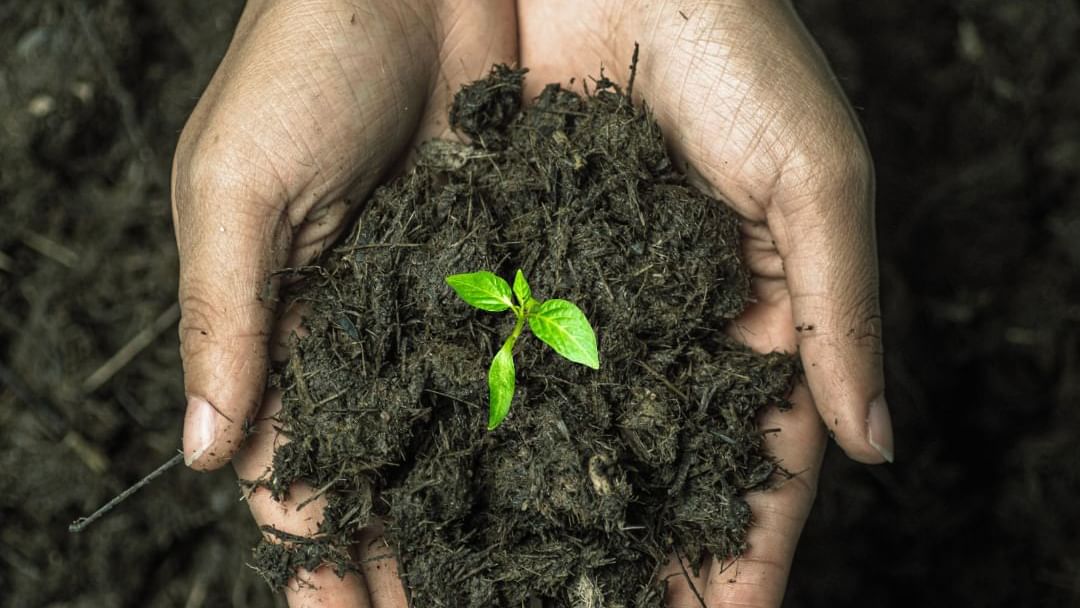Sustainability, regeneration and the circular economy
The circular economy as a model of production and consumption, proposes an economic and productive model characterized by sustainability, saving resources and energy sources.
Expressed in a simpler way; goods are produced, consumed, recycled, produced and consumed again, entering a circular life cycle.
It is time to replant what we humans have been doing. Let us think that we can do much better. Sustainability as a development model is no longer enough, we cannot, as the popular phrase goes, "sin and pray to make it even". Planet Earth is our only home and the way we humans function ceased to be sustainable decades ago. It is time to propose regeneration as a development model that will allow us to replenish all that we have overeaten. Let's just make a small dynamic by way of analysis and awareness by answering the question; should we plant as many trees as we cut to meet our daily needs? The answer sometimes does not seem to be so obvious and logical.
The time has come to restore to Mother Earth all the forests that we have cut down too much, because yes, they were not trees, they are extensive forests that day by day are cut down, consumed by fire, devastated by natural disasters and where the magnitude of the tragedy is still unquantifiable.
Under the principles of regeneration and community it will be easier. Let us work in support of each other. Being a single team; governments, businesses and communities through a single commitment to the environment and the continuous improvement of its sustainable and regenerative management; making efficient use of resources and through the implementation and dissemination of actions to reduce the carbon footprint. Believing in the circular economy as a model of production and consumption. Working to repair, reuse, renew and recycle existing materials and products as many times as possible to extend their life cycle and create added value. Thus, when a product reaches the end of its life, seek to keep its materials within the economy as long as possible.
The world is seeing rapidly increasing demand for raw materials, which are finite, and resources are becoming increasingly scarce. With the world's population growing, the increase in demand will only increase. Many countries are dependent on other countries for raw materials. These materials in turn have been impacted by the climate, beyond their extraction and their impact on the environment as they depend on high energy consumption and CO2 emissions.
Through the circular economy, people obtain benefits such as; saving money; because it lowers the cost of food and beverages they need and the expense. Decrease in greenhouse gas emissions. We become our own suppliers, depending less on others to supply them, thus guaranteeing our own needs. It all adds up to our economy and competitiveness.
There are 3 basic actions that each person can take:
-Search to contribute to carbon neutrality.
-Reduce the ecological footprint by the use and consumption of materials.
-Make others aware of the importance that we can all be part of the change.
Implementing these and many other actions individually in our homes, communities and jobs, will mean a grain of sand that will greatly impact the Planet.


